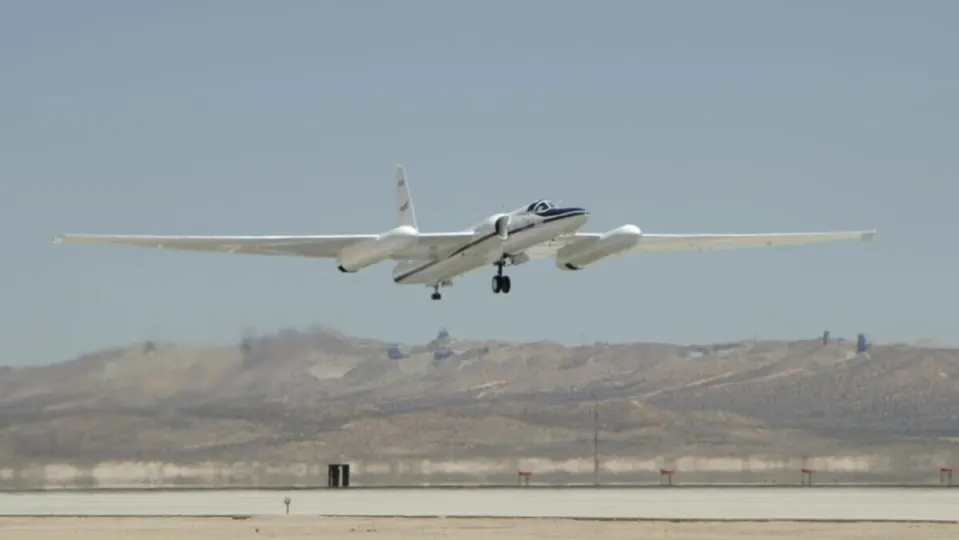Would you like to know what it’s like to fly inside an electrical storm? That’s exactly what NASA pilots have done for an entire month in order to study lightning and the energy fields generated within clouds.
To do this, the US space agency used the ER-2, an aircraft from the Airborne Science Program that can fly at high altitudes, where conditions are extreme. With this mission, the scientists hoped to obtain data that would help them better predict the evolution of storms.
The operation took place in Tampa, Florida, an area prone to thunderstorms. The ER-2 pilots flew directly into the electrically charged clouds, equipped with sensors and instruments that recorded the characteristics of lightning and flashes.
These observations, which couldn’t be obtained from airplanes flying at lower altitudes or from satellites orbiting at much higher altitudes, provided valuable information about what happens in the massive electric fields that can occur above our heads.
An investigation that can save many lives
Lightning is a natural phenomenon that occurs when an electrical discharge takes place between two points with different electrical potentials. While many lightning strikes remain within clouds, others reach the ground, posing a significant risk to humans.
According to the Centers for Disease Control and Prevention, around 40 million lightning strikes occur annually in the United States alone. Although it’s rare for a person to be struck by lightning, the risk exists and can result in death or irreversible brain damage.

In addition to lightning, electrical storms can emit two types of gamma radiation from their electric fields: terrestrial gamma-ray flashes and gamma-ray glows. Flashes are brief and intense bursts of radiation that occur at specific points within the cloud, while glows are more sustained and can spread throughout the cloud.
The research findings allowed the NASA team to better understand the conditions under which terrestrial gamma-ray flashes occur and the behavior of gamma-ray glows within storm clouds.
The data could help scientists predict when a storm might intensify and provide information in advance to keep the population safe from the threat of lightning.
Some of the links added in the article are part of affiliate campaigns and may represent benefits for Softonic.


